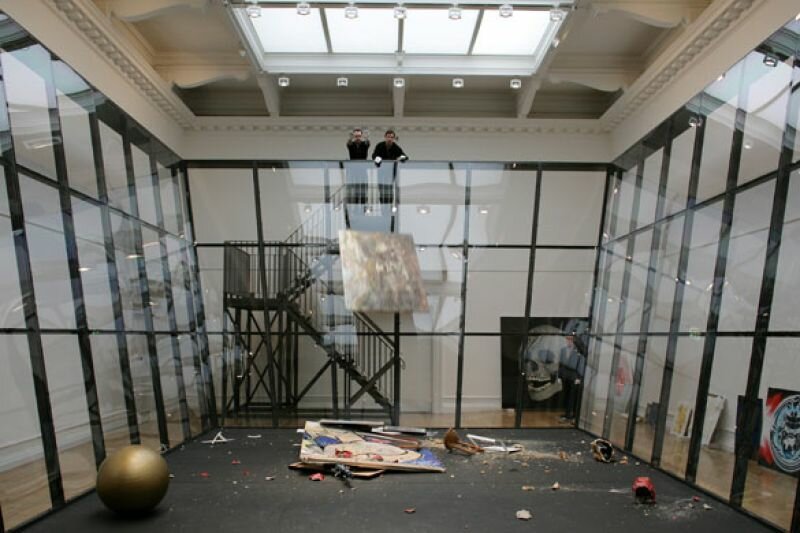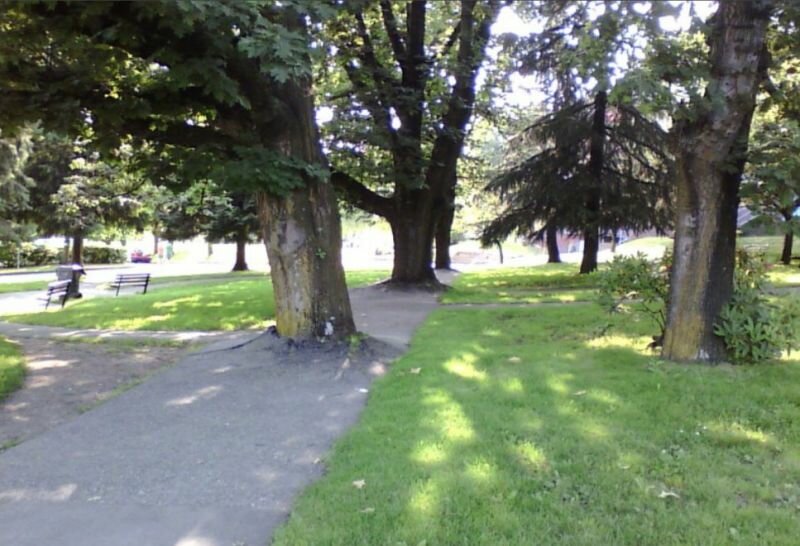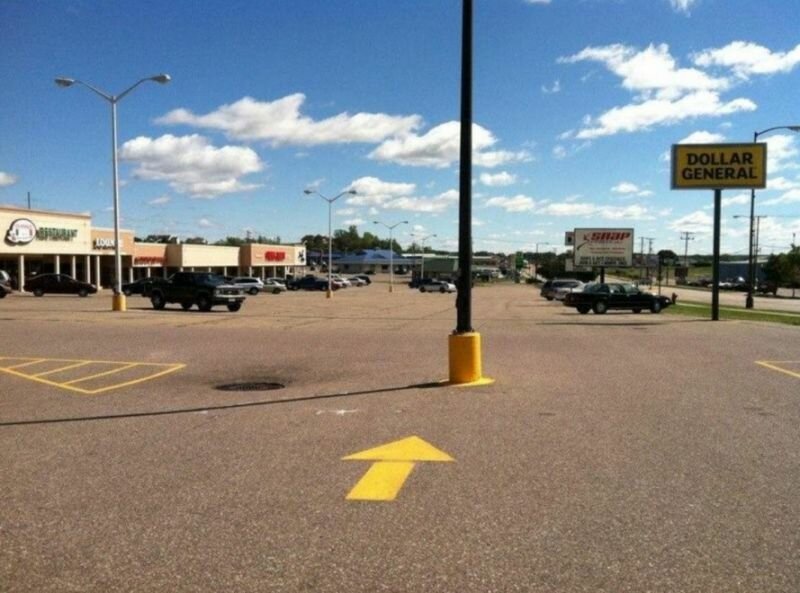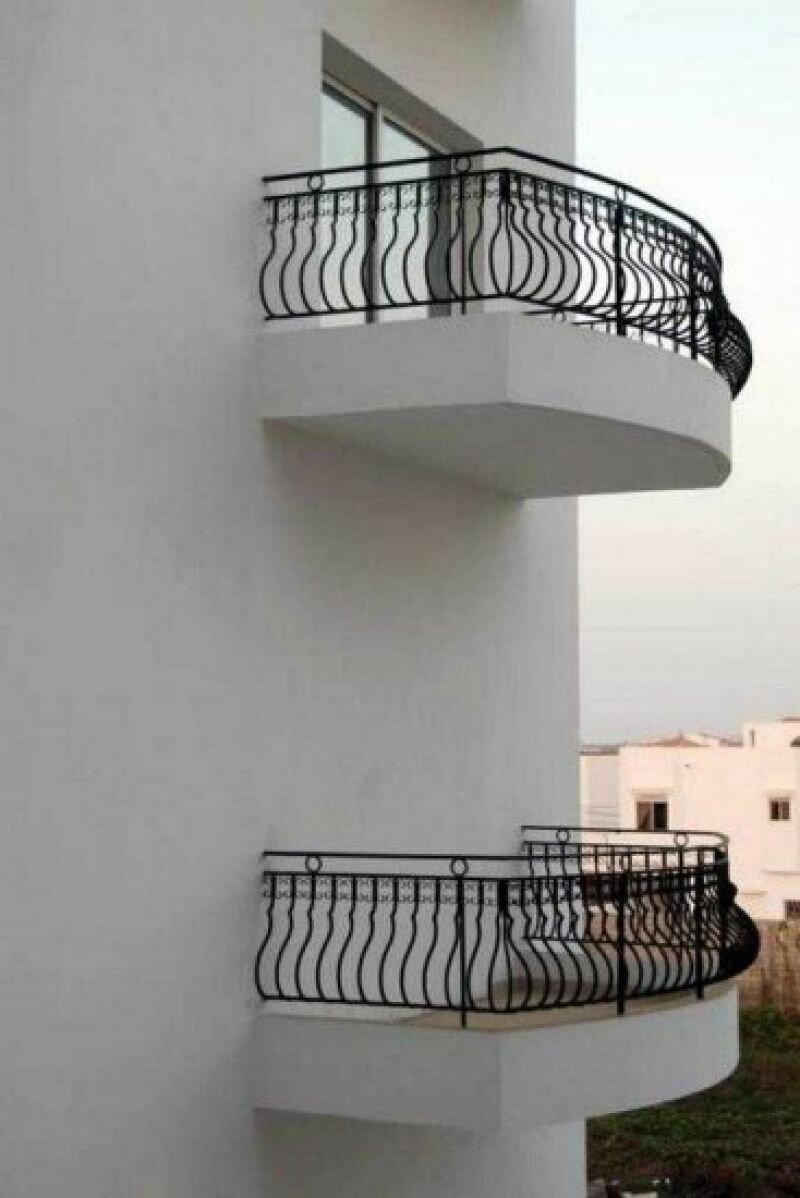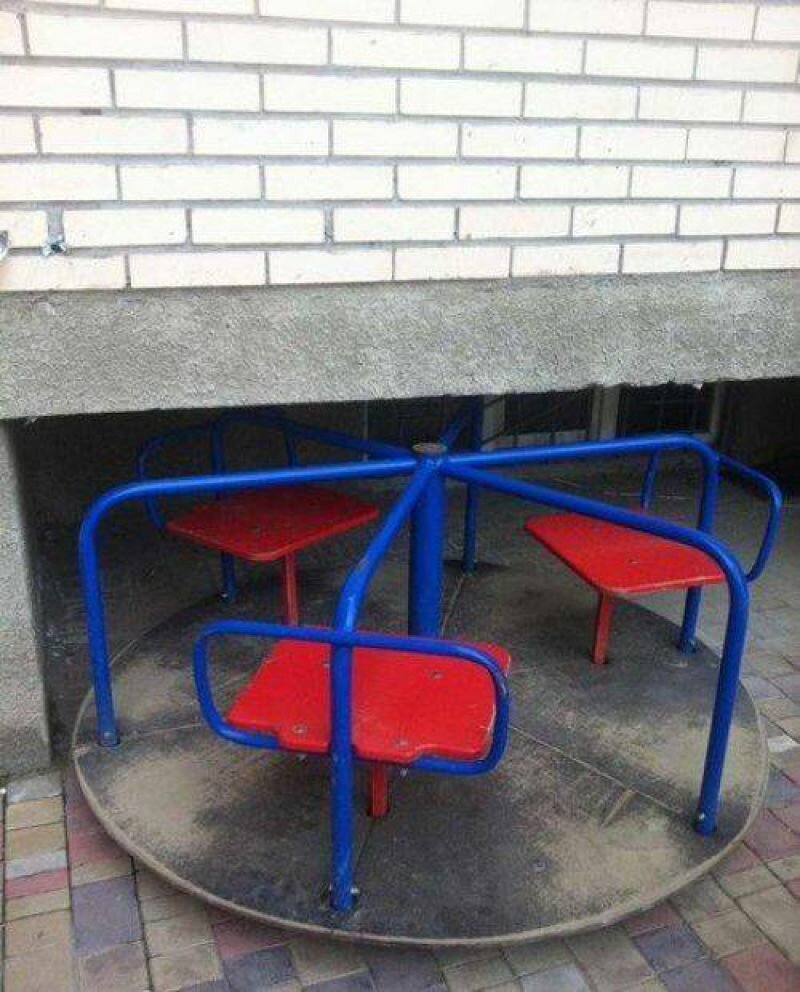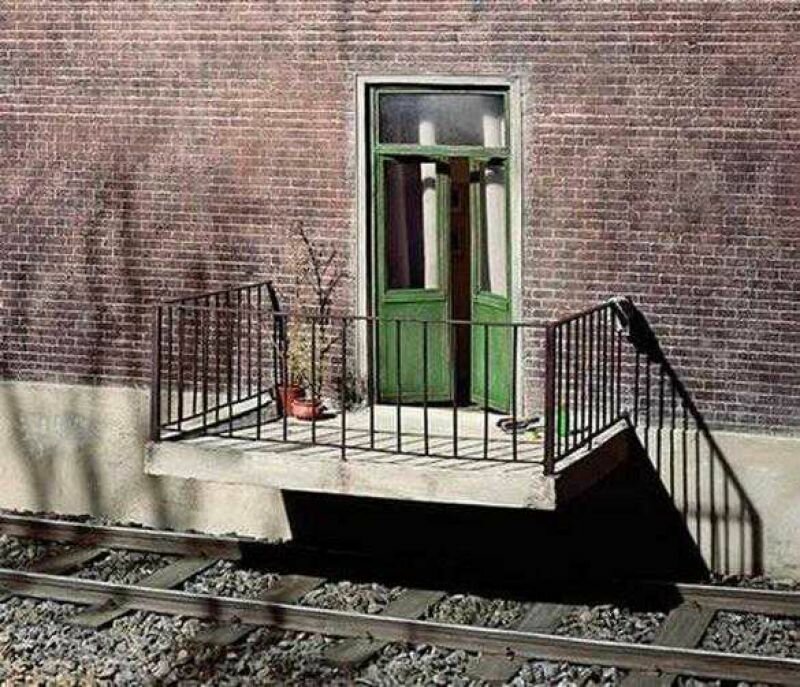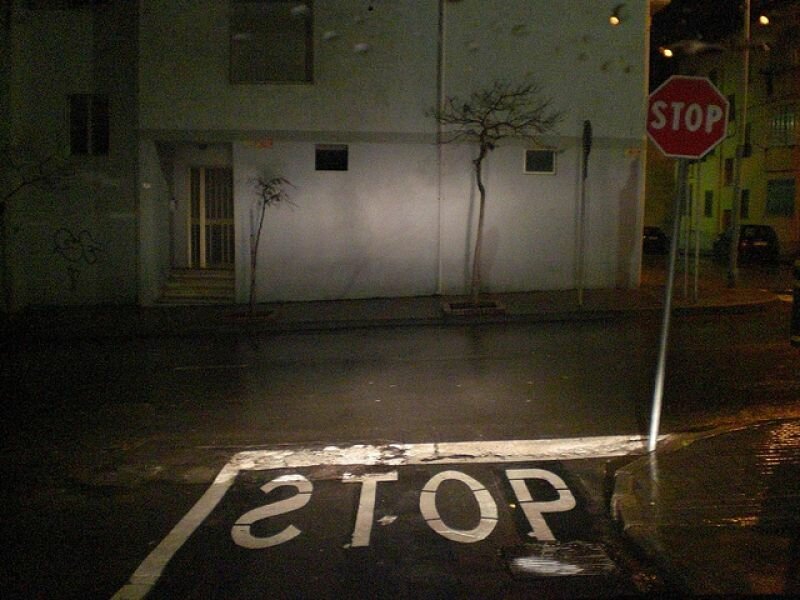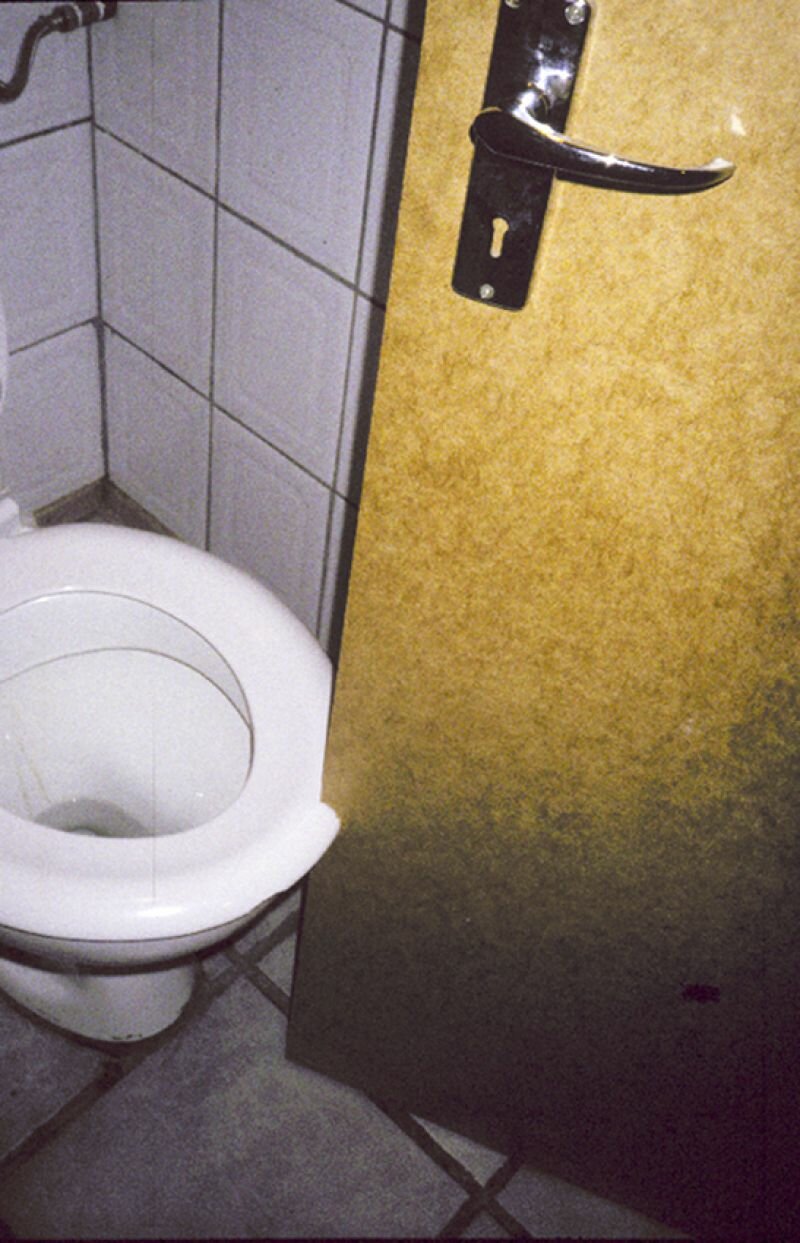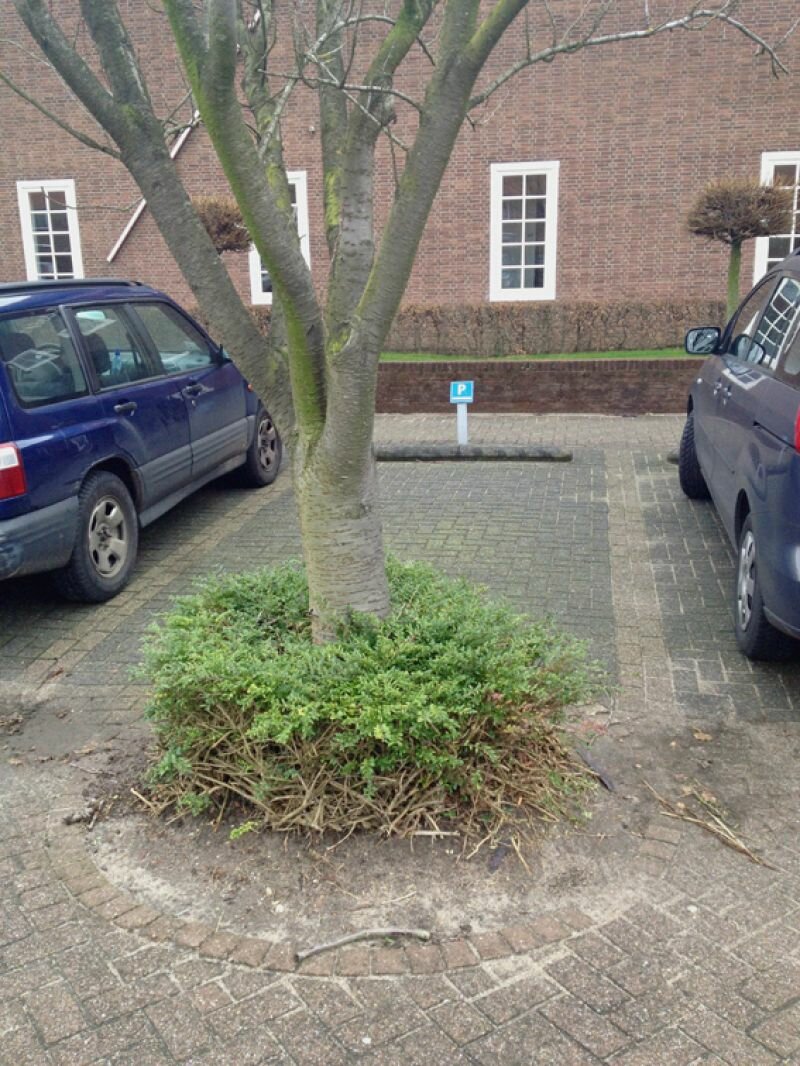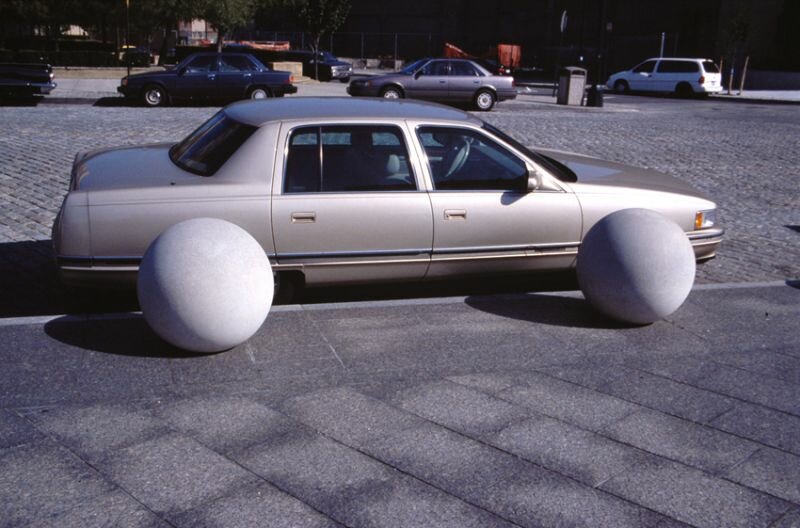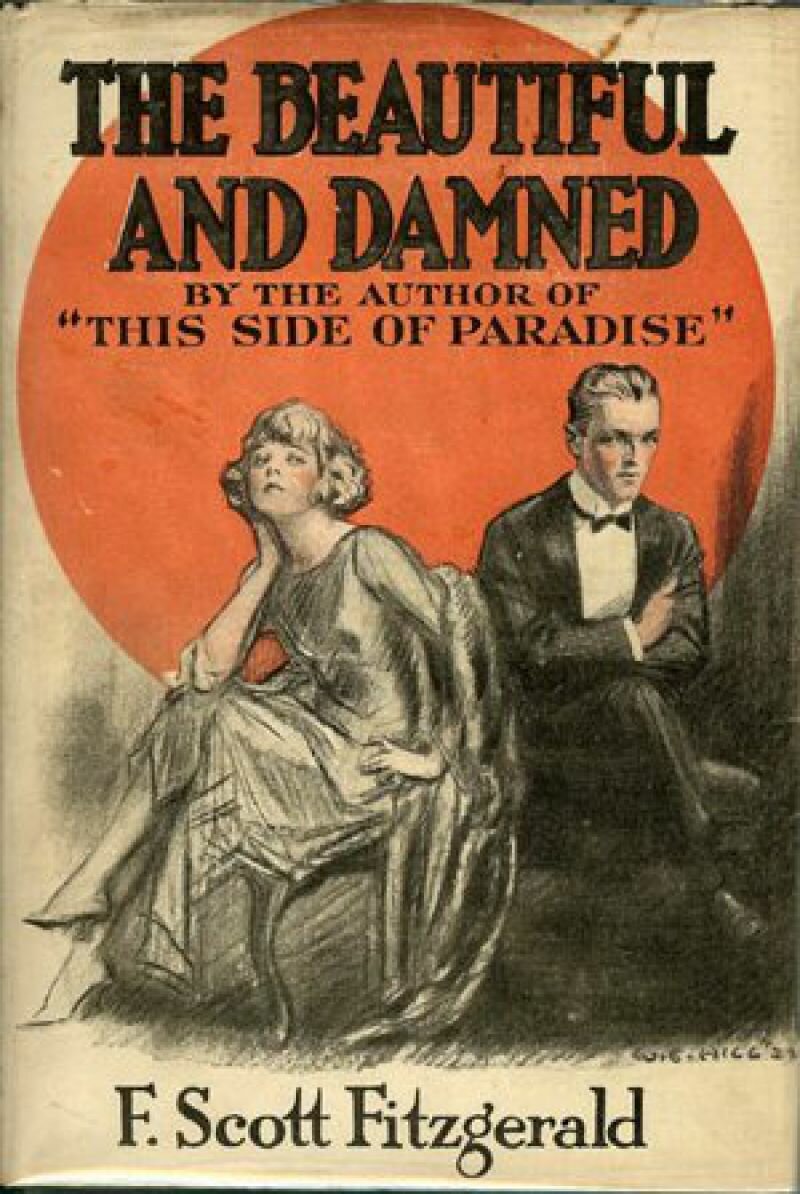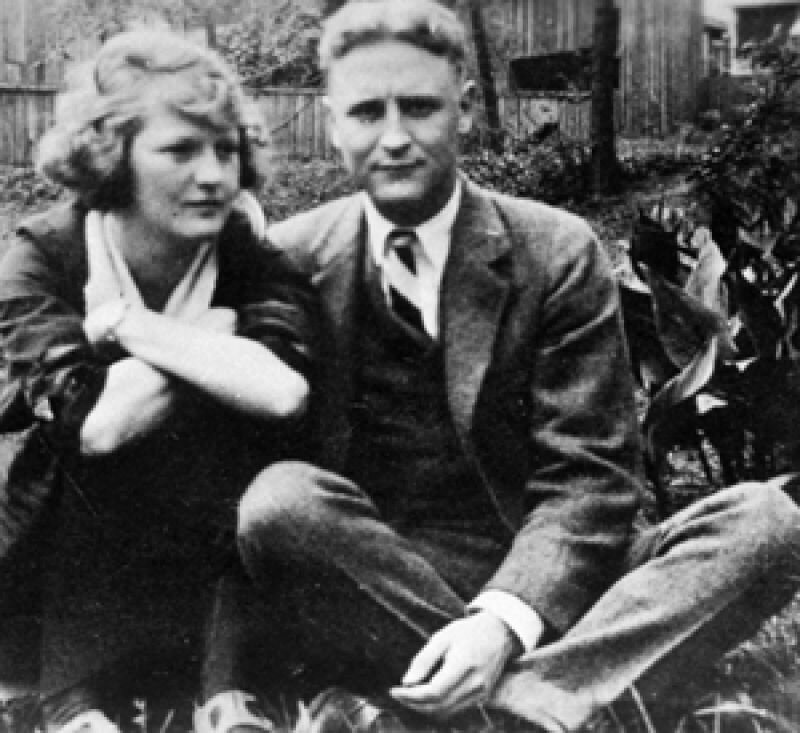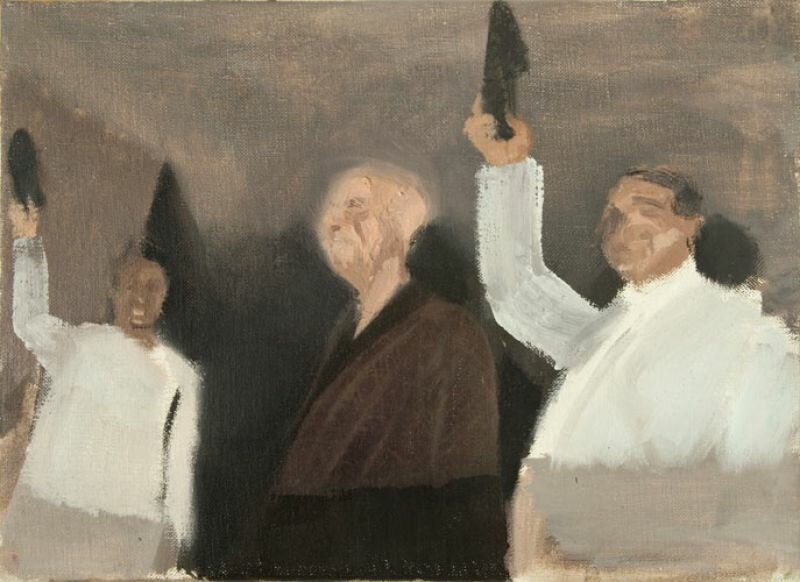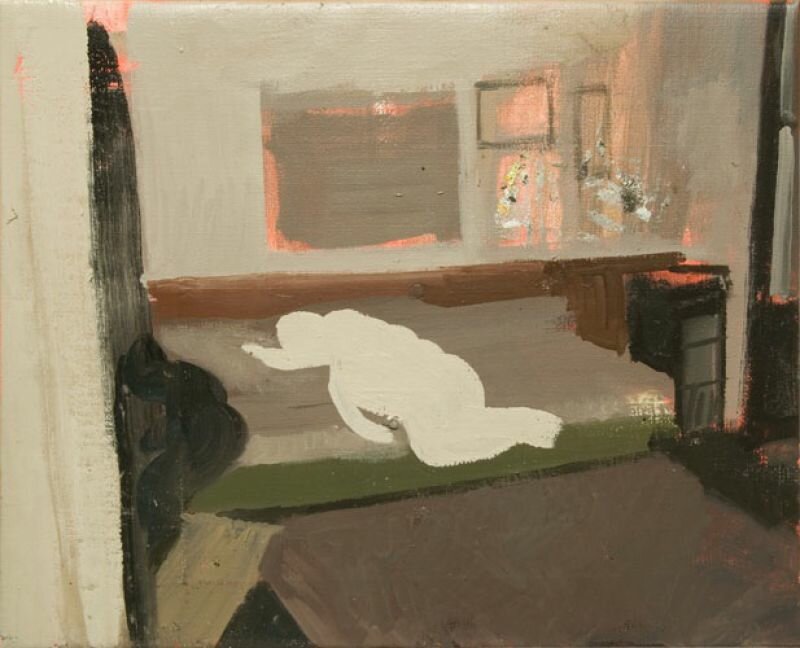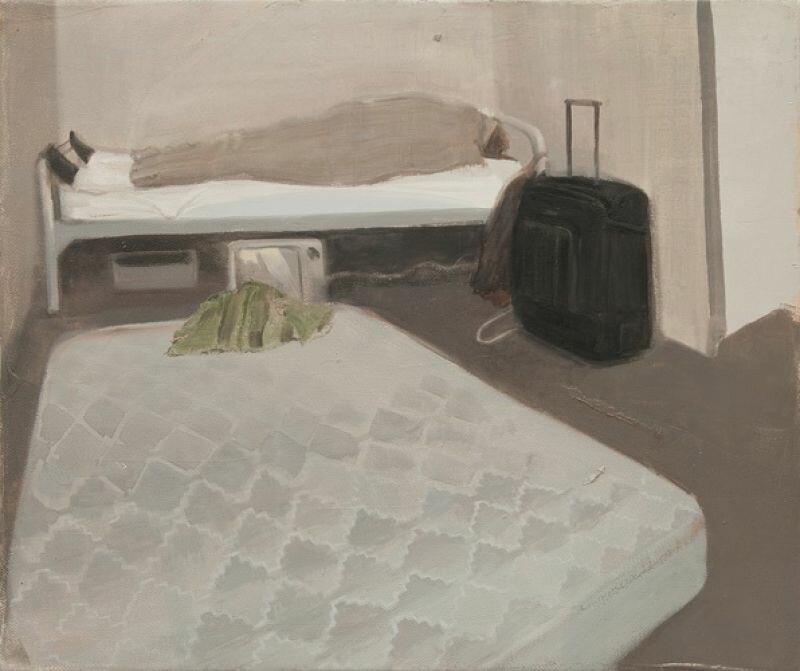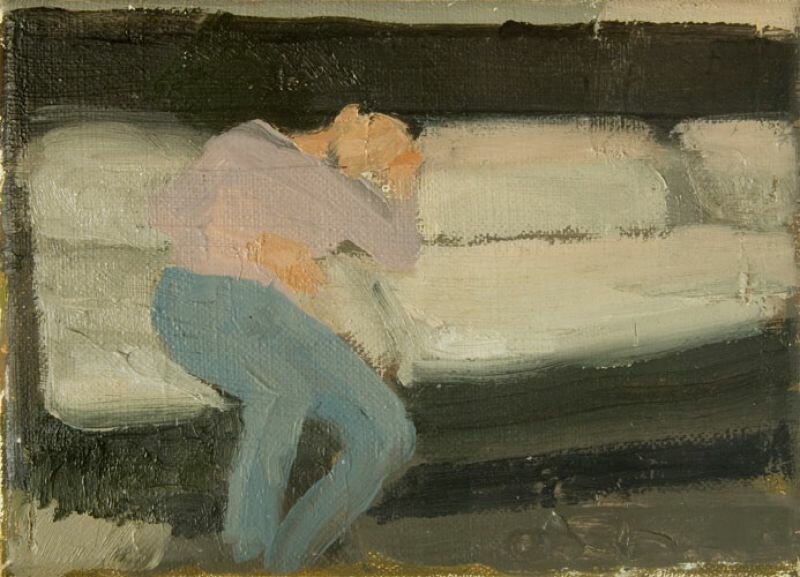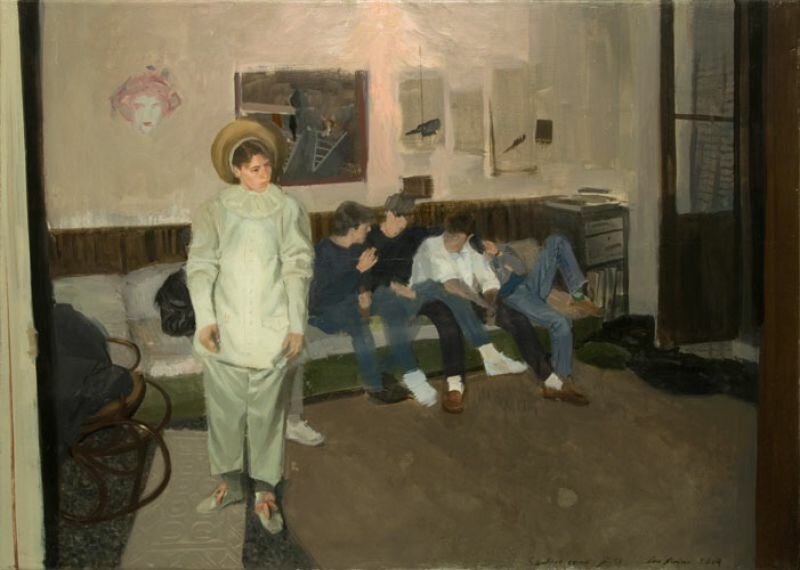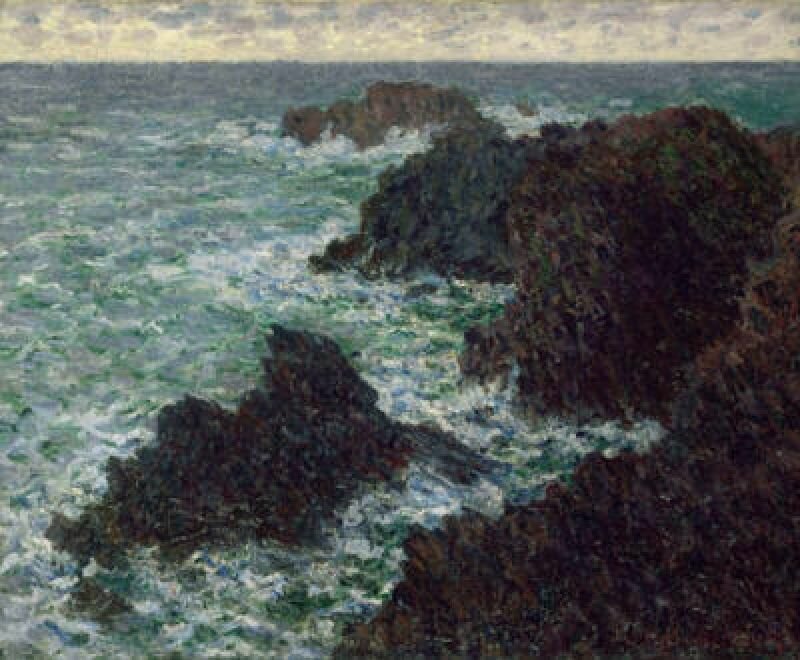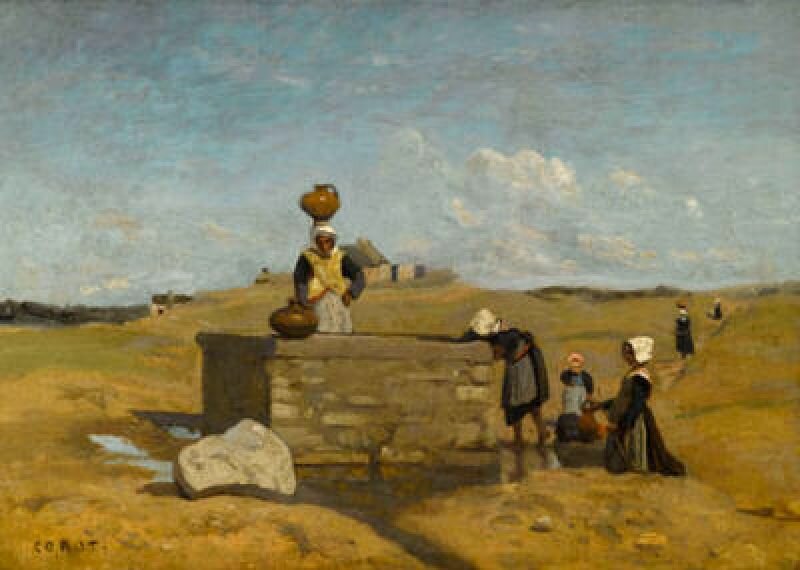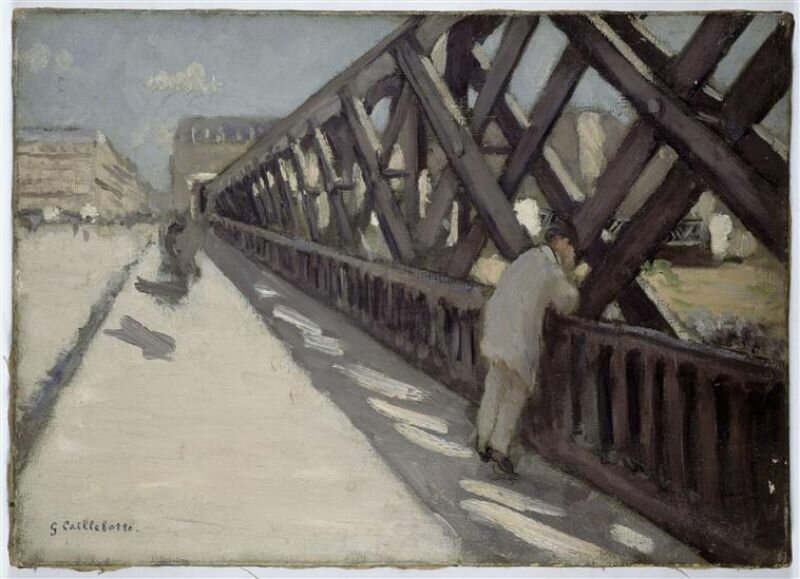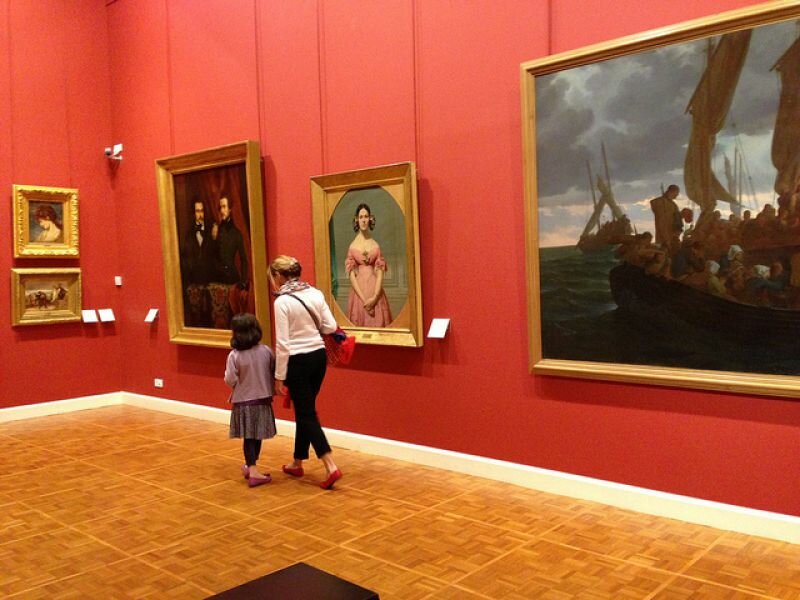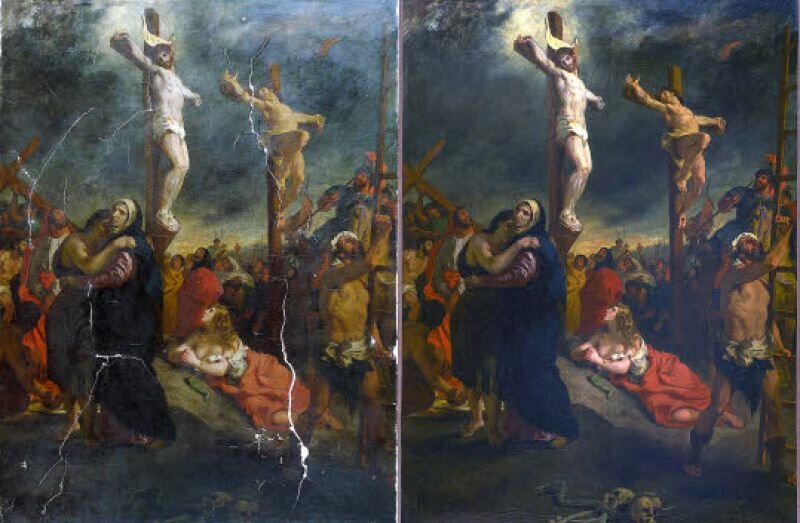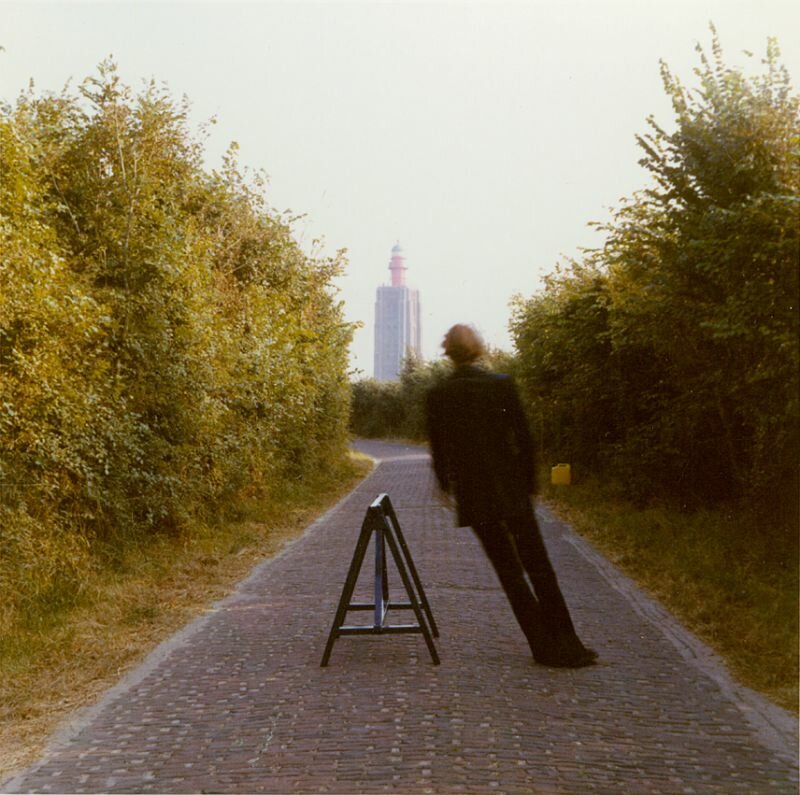
Although I never followed formal training in photography, I was briefly affiliated with an academy, just not as a student. In 1986, I was appointed the position of photography tutor at the Rietveld academy.
For the first assignment, I asked students to sit themselves in the canteen with their camera.
The time of day was up to them: early in the morning without a student in sight, at the busy lunch hours, or in the evening when the part time students entered. It was all up to them, my only demand was that they shut their eyes, clicked their camera, and filled up a whole roll of film. Hopefully, this exercise would loosen and relax their way of seeing.
I don’t remember what the assignment resulted in. However, I do know that I had a meeting with the supervisor at the end of that year. The supervisor let me know that they’d been under the impression that the bottom of my photographic knowledge had come into sight during my year of teaching. They would no longer be needing my services.
I can imagine that for many people it would be a huge blow to hear from the supervisor of an esteemed art academy that they’ve seen the bottom of your photographic knowledge. But I wasn’t too bothered. I asked them for a written statement to confirm the termination of my contract. Including the reason. I wasn’t bothered because I had my Red Folder: the folder where I collected all my Rejections and Disappointments.
As with all collections… once you start it, you need to complete it. I simply had to fill up the folder. And so, I perforated the Rietveld’s letter of rejection and stuck it in with the other rejections.
In retrospect, the Rejections and Disappointments folder may have been too big for its purpose. But the good thing was: to fill it up, I needed a whole lot of rejections. So I had to write applications, throw lines here and there, submit proposals, present my work, apply for jobs. Applications that were accepted were placed in the Green Folder. This is where I collected Grants and Other Successes. The fact that my folder for Successes was as big the folder for Disappointments might display some misplaced optimism.
Thanks to these two folders, I discovered that rejections positively affect your career. I can best demonstrate this correlation through a graph.

On the x-axis I’ve placed the years, from 1980 until now.
On the y-axis you’ll find my income in Euros.
There’s no better measure of success than turnover.
A small dip is visible in 1986, after my contract at the Rietveld was not renewed. I never made a lot of money there. Nobody did, and they still don’t. In 1995, when I quit photography and began to write, a much bigger dip entered.
It’s interesting to compare the yearly rejections in my Red Map to the above. Now we’ll enter a world of higher mathematics, as I’ll place these two graphs on top of one another: the scale of the number of rejections on top of my turnover.
But the point is: during the first fifteen years, the graph of rejections follows the same form as that of my turnover. There must be, then, a direct correlation between rejection and artistic success.
When I quit photography in 1995 and begin writing, rejections still follow turnover, albeit with less precision. Both decline because I still hadn’t mastered writing. I practiced all day, leaving me less time to write applications and in turn, fewer rejections were sent my way.
Slowly, after 2000, my income begins to rise again. As I begin receiving assignments, I write fewer and fewer applications. In 2003, I start writing a column for the website PhotoQ where I analyse photos like a detective. The column is a success and in 2004, the Volkskrant asks me to analyse a press photo each week. My income steadily begins to rise. While the amount of rejections dramatically drops, so does the amount of applications and proposals I write.
At this point, everything begins to calm down. The income rises even further, the rejections decrease until they cross one another, here, in February of 2012. It’s in this very month that the Rietveld asks me to open their graduation show.
The opening of the graduation show!
Yes, then you’ve got it made.

At the risk of sounding presumptuous, I can’t help but offer four tips to the budding artist:
1)Buy two folders, one green and one red. Place your rejections in the red folder, the successes in the green folder.
2)Don’t bother with self-promotion. Don’t over advertise your work. If you discover something, or stumble across something interesting while working, don’t keep it to yourself. Tell anyone who will listen. Your friends, your parents, the baker on the corner. And if someone’s around who can help you further (you know the type)… just keep talking.
3)Speak about your work clearly and directly. No jargon. If the baker stops listening, you’ll probably have to tell it differently the next time. This is how you start understanding your work better.
4)Don’t be too picky. Don’t just reach for the top. Starting at the bottom can have great advantages. You’ll have room to experiment and to find out what your work is about. It’ll be useful for the future, when you’ll be tossed into the lion’s den.
